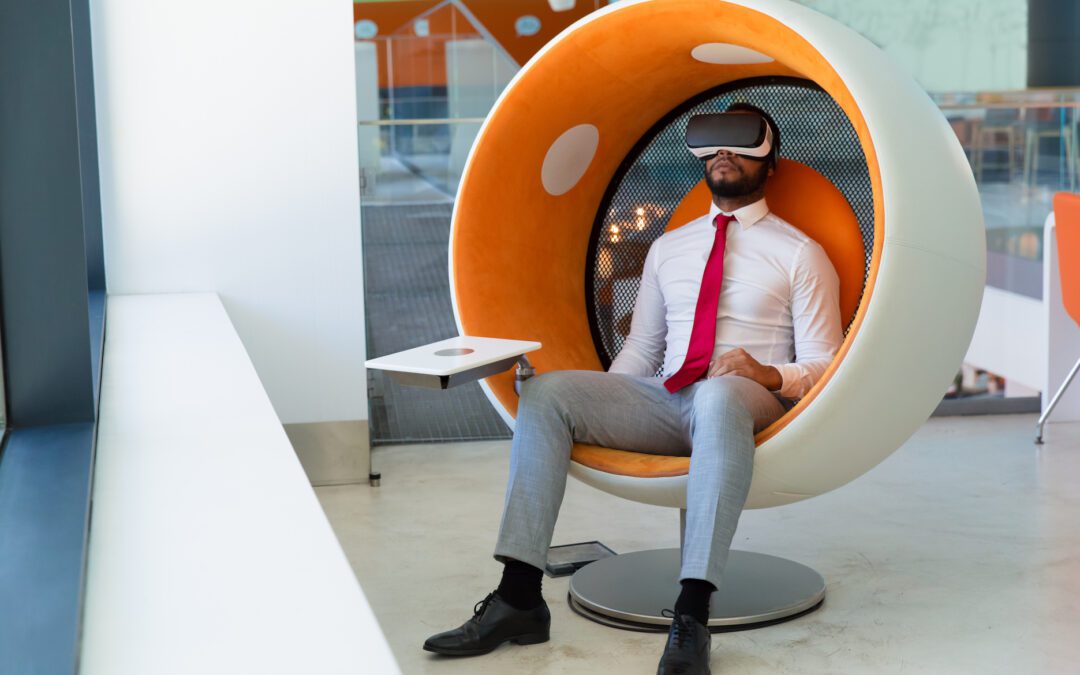Like many familiar aspects of business life, the form and function of offices are undergoing rapid change to fit the new reality. Today’s challenges have been an opportunity for reflection and reinvention, in business as well as in our personal lives. As our business operations adapt to the new normal, office designs are shifting to accommodate new workstyles.
Hybrid offices are one example of a pre-Covid trend accelerated by the pandemic. WFH has been far more productive than expected, but teams still feel the need for face-to-face collaboration for certain tasks. Consulting firm Gensler describes the hybrid workplace as promoting collaboration through activity-based design, using advanced technology and unassigned seating within a hospitality-driven atmosphere. Teams work remotely, coming together in a hybrid office as required.
A few major organizations have been test-driving the hybrid office in a hub-and-spokes design. A centrally hub office in the city center provides room for larger group activities, while smaller outlying offices give support to WFH staff living nearby. Hybrid offices reduce office space in the expensive city center, while preserving a visible presence.
Repurposing office buildings’ lobbies is another new-normal trend. In a hub-and-spokes office, the spokes facilities can be integrated into the surrounding community, creating connections among WFH staffers, clients, and the neighborhood. Buildings’ public spaces offer a branding opportunity for tenants to underscore their community involvement, as well as a meeting destination for workers and visitors.
To ensure that these new workplaces function well, designers and office managers are applying the latest in digital technology.
WFH staff need access to project materials whether they’re at home, at a spoke office, or at the central hub. In the hybrid office, paper documents may be stored at the hub, with limited access. But imaged documents are accessible to remote workers no matter where they are. The paper originals remain safely stored in the hub office.
Touchless technology is another asset for the reshaped office. RFID-based apps enable safe touchless entry to secure areas. Touchless lockers provide personal storage for WFH workers traveling to spoke or hub offices. Designers can even use touchless lockers as a physical divider to guide foot traffic and maintain safe social distancing.
Gensler predicts that the new style of office building will be far less insular and self-contained, and far more responsible to its community through creating public spaces, support businesses, and a live-work-play environment. Technology that supports human capital will be the key to successful office design in the new reality.
Photo © Mangostar / AdobeStock


Recent Comments